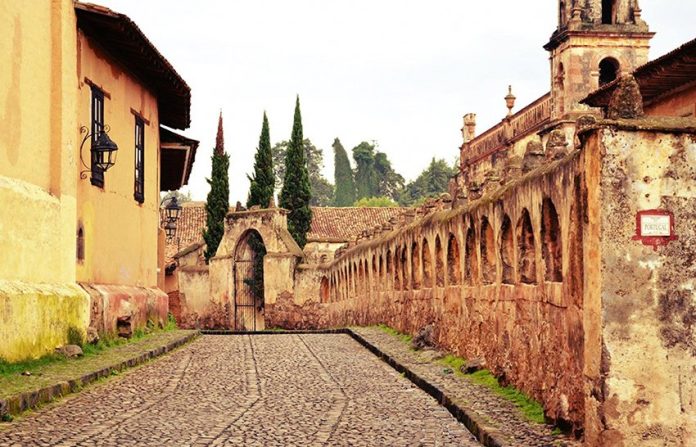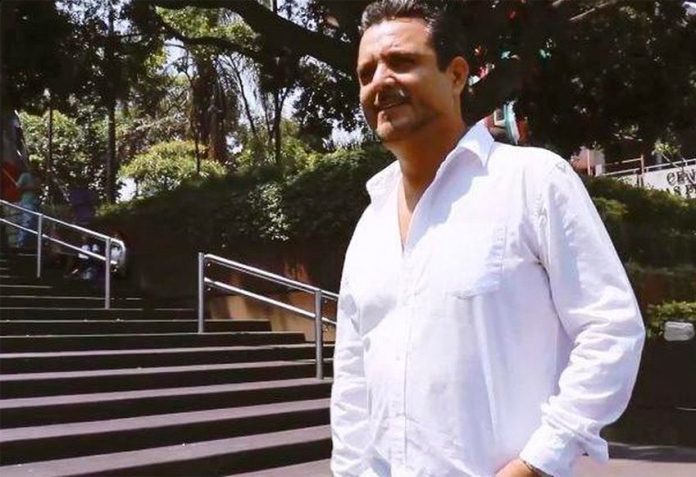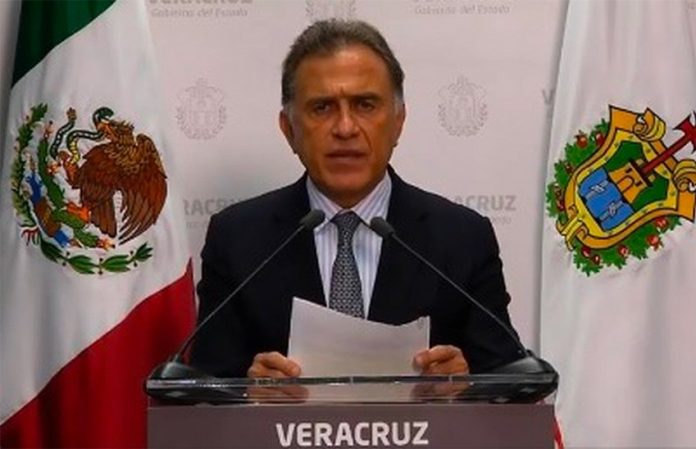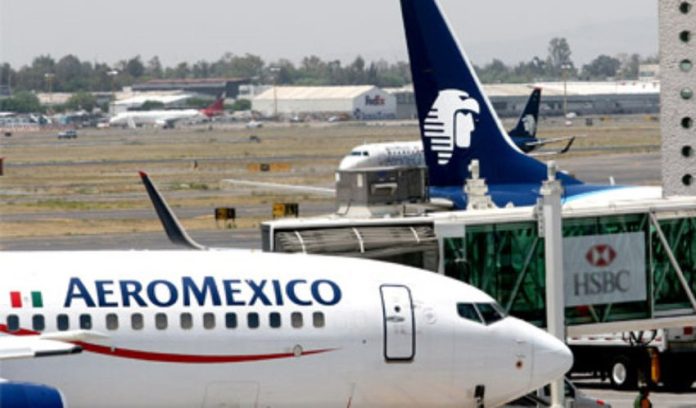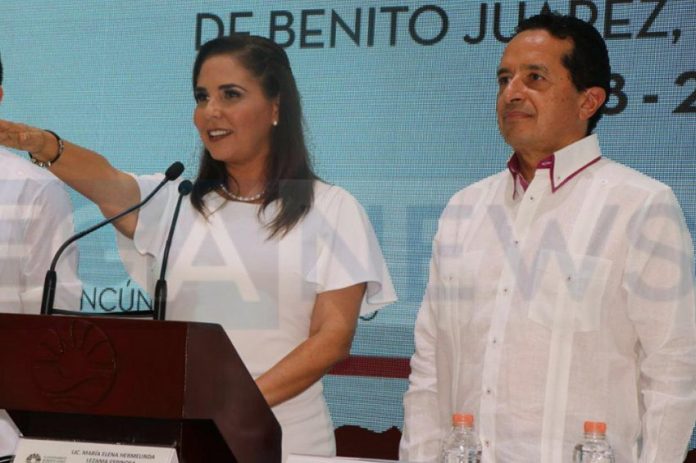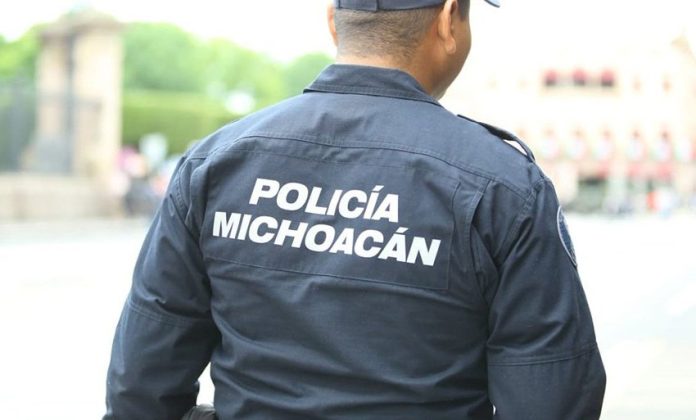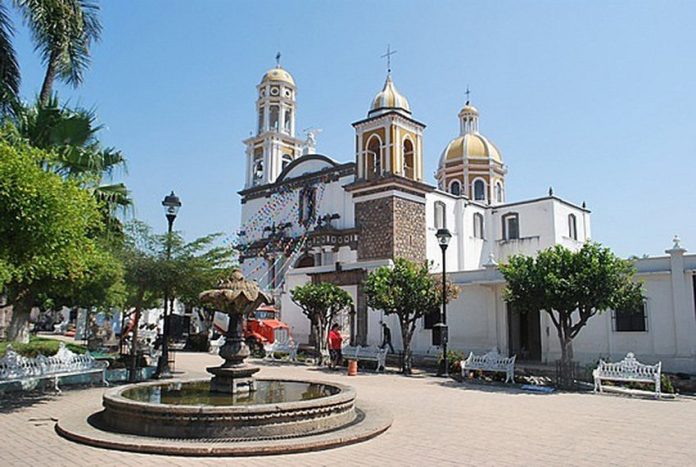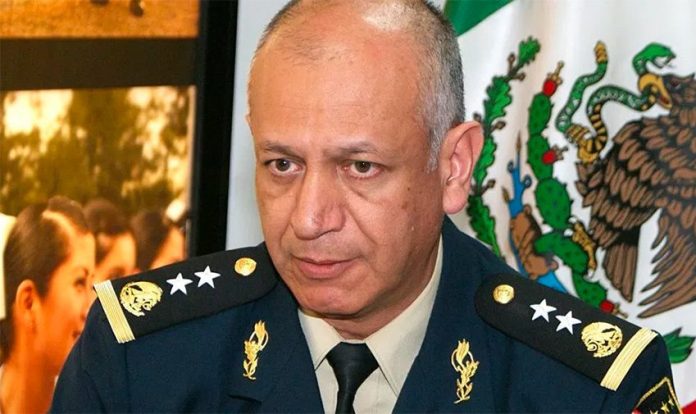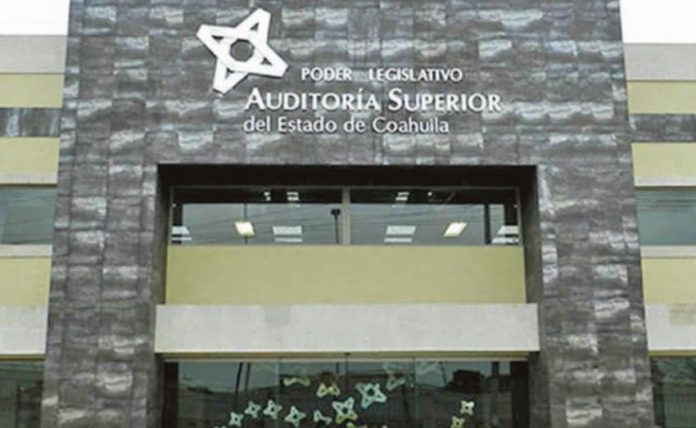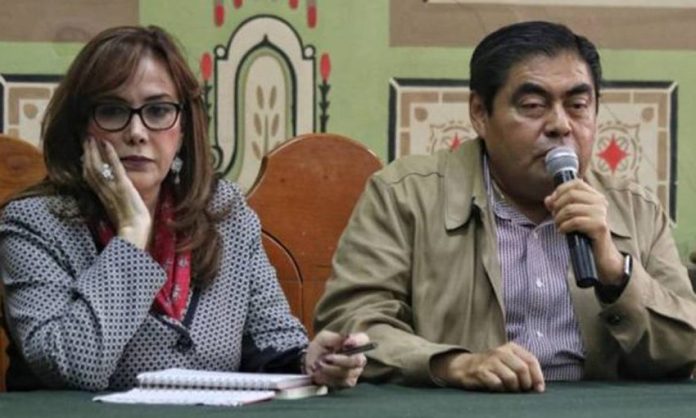I have a fear of small towns. It is an anxiety born of growing up in one. Their sleepy plazas, the stray dogs snoozing in the shadows of buildings, it sets my internal panic button to wailing and I immediately get the urge to bolt.
So the whitewashed streets of tiny Comala had the usual effect on me driving in. I immediately started to squirm in my seat.
It was 9:00am when I arrived off an early-morning flight from Mexico City. The tamal vendor had just set up on one side of the town’s main square and the most fervent activity (well, four people) was happening at Hugo’s taco stand directly to the left of the Comala church.
I figured food was the best antidote to tamp down the growing anxiety and ordered myself a few of Hugo’s northern-style tacos. With the first bite I felt my shoulders release.
Comala, Colima, was virtually unknown until the 1960s when Mexican writer Juan Rulfo published his slim novella Pedro Páramo. In the book Rulfo’s main character goes to Comala in search of “one Pedro Páramo” who at one time was the town’s own version of the godfather, with dozens of women and illegitimate children scattered across the country, one of them the protagonist himself.
What he discovers is a ghost town, haunted by the memories of the people who once lived there, whispering voices in every breeze that blows across the plaza.
Most literary critics agree that the town Rulfo describes in the book more closely resembles his hometown in southern Jalisco state, but Comala got the fame instead and became a part of the literary pilgrimage for the Rulfo-obsessed.
This equaled a slight uptick in tourism but it wasn’t until 2002, when the town was named a Pueblo Mágico by the Mexican government, that Comala saw its economy dramatically improve. This designation is given to towns of historical significance or those that have retained much of their colonial ambiance.
One hundred and fifty new businesses have been created since that year, according to Júpiter Rivera, owner of both Casa Alvarada, one of the town’s only hotels, and the Admire México tour company.
While residents of Comala fiercely defend the hustle and bustle of their town as “nothing like the ghost town described in the book,” if you are familiar at all with small Mexican towns you will clearly notice the similarities.
Comala is the kind of place where the early evening finds residents, backlit by a single burning bulb in the living room, sitting streetside waiting for a breeze to break the day’s heat. It’s a place where the school marching band sets up to play in the plaza and the whole town shows up to listen.
It was carved out of semi-tropical vegetation so that blazing sunlit streets end in wild patches of foliage and the earthy deliciousness of rotting leaves rises to meet your nostrils during midnight storms.
Growing up in a small town also makes you nostalgic for them, I guess. I found that after 24 hours in Comala my soul started to settle back in to my body and my breathing began to match the rhythm of the town clocktower.
The most pleasant things to do in this quaint colonial town are probably the least ambitious – sit on the plaza at one of Comala’s classic botanero restaurants, where for the price of a few beers you will be served rotating plates of Mexican snacks (botanas) for hours. Or follow your nose to one of the town’s renowned bakeries (La Mejor and La Guadalupana are both good choices near the center of town) for some incredible fresh-out-of-the-oven wheat buns.
Comala is known for its bread and coffee but has surprisingly few coffee shops (there are lots of places to buy a bag to go), so skip the coffee and try one of the more adventurous local drinks – tuba or tejuino. Tuba is made from fermented palm sap. It’s just the tiniest bit alcoholic, sweet like juice and super refreshing.
Tejuino is made from fermented corn and served over ice with lime and salt. Its flavor is tangy and toasted at the same time, and vendors on the plaza sell both drinks for about 50 cents a cup.
The first day I couldn’t be bothered to sit still and enjoy the ambiance and needed an activity. So I headed 15 minutes outside of town to visit the former home of Colima’s most famous artist, Alejandro Hidalgo.
The Hacienda Nogueras has been painstakingly preserved by the University of Colima, which now owns the property. Founded in the 1700s by Juan de Noguera, the hacienda was one of the most important sugar plantations in the region and its grand, crumbling smoke stack can still be seen poking its head up behind the façade. The hacienda would eventually land in the hands of Alejandro Hidalgo’s family and he made his home there until his death in 2000.
Hidalgo gathered up an extensive collection of regional indigenous pottery during his lifetime and that, along with his ethereal paintings and the former furnishings of his home, are all on display at the museum housed there now. The entrance fee is about US $3 and there is a gift shop that sells prints of Hidalgo’s work. There’s also a small ecopark in the back on one section of the hacienda with a mini bamboo forest and several tiny turtle sanctuaries.
While Pedro Páramo may have given the town its fame, Comala shows up in the news every few years for another reason: it sits directly below the aptly named Volcán de Fuego, known in English as the Fire Volcano or the Colima Volcano.
“There are 2,000 volcanos in Mexico and of those only 26 that are considered active,” Júpiter Rivera told me during my stay. “Of those 26, only 14 are monitored constantly and of those 14 our volcano is the most active of all.”
Scientists believe that 75,000 years ago one of the volcano’s massive eruptions brought the volcanic rock downstream that led to Manzanillo beaches having black sand. In 2017 a massive explosion blew the top off the volcano and spewed ash four kilometers above the volcano’s peak.
While you would think that the close proximity to certain death would scare the locals off, every local seems to have a photo of one of the volcano’s eruptions proudly displayed somewhere in their home. A handful of small towns dot the base of the volcano, a bastion of high-altitude coffee production that results in some of the country’s best beans.
Rivera takes visitors on a coffee tour through the town of Yerbabuena, were visitors not only get to meet the producers and taste the final product, but they can also visit the shade-grown coffee fields that are often covered with a fine layer of ash that must be removed before picking.
The Fire Volcano’s intense activity keeps hikers from its peak, but the nearby Nevado de Colima, the sixth highest peak in Mexico, gets plenty of climbers cresting its now-dormant crater. In addition to the gorgeous natural landscape, there is an incredible view from the top of the Fire Volcano, about 1,000 meters shorter and just nine kilometers away.
Experienced hikers can do it on their own by driving up to the La Joya educational center and hiking from there, but there are also plenty of local tour operators the run groups up and down the mountain.
[wpgmza id=”87″]
Also available to nature lovers, Laguna La María is a popular weekend campground that during the week is virtually empty —ripe for early-morning birdwatching, hiking and rowing out onto the lagoon in one of the kayaks rented by the park.
If all of that sounds a little too adventurous just go over to the nearby Cervecería de Colima, one of the country’s up-and-coming breweries, which sits between Comala and Colima city. They have an outdoor beer garden with some of the best food I ate on my trip – inventive versions of classic regional dishes like ceviche and grilled bean tacos.
Colima city, just 15 minutes from Comala, easily provides another full day of exploring. It has some fine local markets where you can get a taste of regional dishes like birria and tatemado. These two stew-like dishes, both savory and hearty, will have you happily sweating in the Colima heat.
The city’s pleasant central plaza is often the site of impromptu music and dancing as well as outdoor theater performances, and the rooftop bar of the Hotel Ceballos (right on the main square) is known for having an incredible view of the plaza and a mellow, welcoming vibe.
Another absolute must are the countryside restaurants near the Capacha neighborhood. On weekend mornings they offer massive buffets of regional dishes for about $7. I personally recommend the restaurant El Trapiche. I had to roll myself out after the two hours I spent there. The fried gorditas with jocoque and Colima’s fresh cheese are about as close to heaven on earth as food can get.
Make sure you pre-arrange a ride back to Comala if you are going by cab since few pass by the restaurants regularly.
While Comala is not a place romanticized as one of Mexico’s great vacation destinations, this anxiety-ridden former small townie was completely won over by its charm. There is a lot on offer, especially on the simpler side of pleasure — sitting, eating, observing, walking.
If you need nightclubs, crowds and constant action you might want to skip it, but nature lovers and foodies, welcome to paradise.
Lydia Carey is a freelance writer based in Mexico City.
CORRECTION: There was nothing anecdotal about the food the writer ate upon arrival as was suggested in an earlier version of this story. Rather than being anecdotes, the tacos were antidotes.
